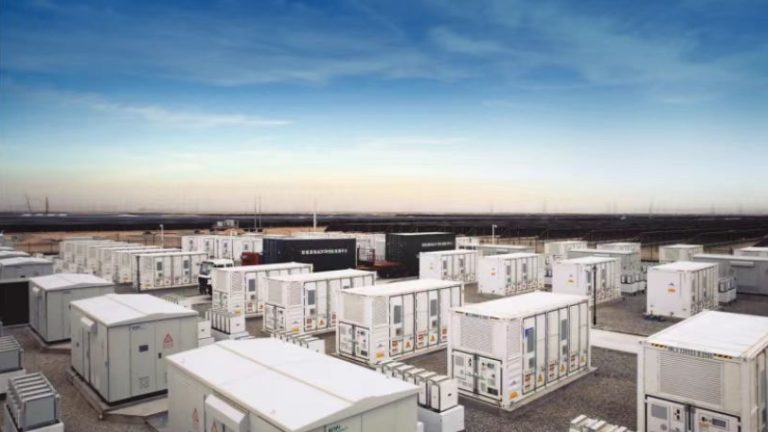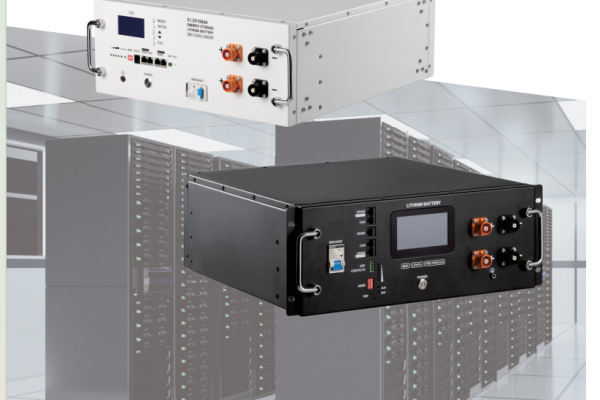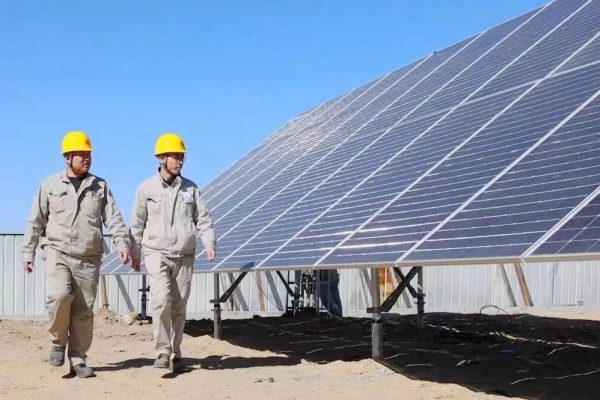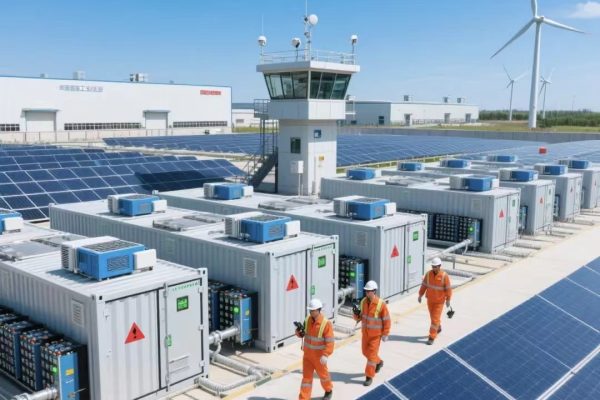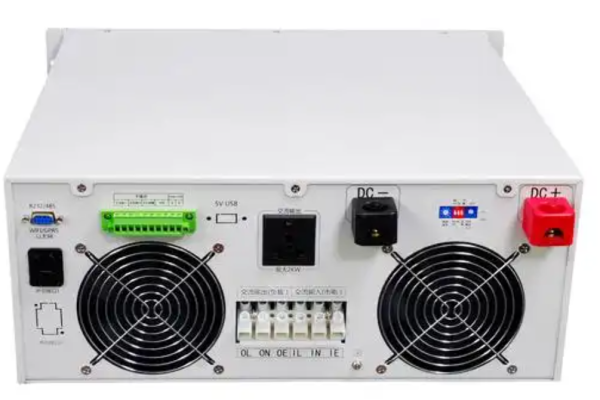A Practical Integration Strategy for Small Commercial and Remote Applications
1. Why Combine These Systems?
In many small commercial, rural, or remote projects, the demand for energy efficiency, minimal footprint, and simplified installation has led to the rising popularity of multi-functional energy cabinets.
Combining lighting, energy storage (BESS), and inverter functionality into a single outdoor enclosure is becoming a cost-effective and scalable solution, especially for:
- Parking lots and campuses
- Security checkpoints
- EV charging sites
- Off-grid applications
- Smart city infrastructure
This article explores how and why to integrate these components into a single outdoor cabinet—and the design factors, benefits, and trade-offs involved.
2. What Does a Combined Cabinet Include?
A typical all-in-one outdoor energy cabinet may include:
| Component | Function |
|---|---|
| DC/AC Lighting | Area illumination (streetlights, floodlights, etc.) |
| Battery Bank (LiFePO₄ or LFP) | Stores solar or grid energy for backup/off-grid use |
| Hybrid Inverter | Manages energy conversion and system coordination |
| Solar Charge Controller (if separate) | Regulates PV input |
| Wiring, Breakers, Monitoring System | Ensures safe operation and control |
Optional additions may include:
- CCTV or communication systems
- Weatherproof WiFi routers
- Environmental sensors (temperature, air quality)
3. Why Integrate Everything?
✅ Saves Space
Especially in urban or small-site environments, combining systems avoids the need for multiple enclosures or scattered infrastructure.
✅ Reduces Installation Time and Labor
Pre-integrated units can be pre-tested in the factory and deployed in hours instead of days.
✅ Better Protection and Longevity
Outdoor cabinets are weather-sealed (IP54–IP66), protecting components from:
- Rain
- Dust
- Extreme temperatures
- Vandalism
✅ Simplified Wiring and Monitoring
Using a central controller or BMS-integrated inverter reduces complexity and helps with:
- Load prioritization
- Remote monitoring
- Smart scheduling (lighting based on motion or daylight)
4. Ideal Use Cases
🏢 Commercial Complexes
Install in parking lots to power lighting and emergency signage, with backup storage to cover outages.
🏕️ Off-Grid Rural or Island Installations
Combines all critical power elements in one rugged, easy-to-maintain unit.
🚧 Construction or Temporary Sites
Mobile energy cabinets can be relocated and provide lighting + power tools from one source.
🚓 Security Checkpoints or Border Posts
Power cameras, alarms, and lights even in areas without a reliable grid.
5. Key Design Considerations
🔋 Battery Sizing
- Based on load profile: lighting duration (nighttime hours), inverter power demands
- LiFePO₄ is preferred for safety, lifespan, and temperature tolerance
- Include battery heaters or ventilation if used in extreme climates
⚡ Inverter Selection
- Hybrid inverter recommended (solar + grid + storage)
- Ensure sufficient power capacity (e.g., 3–10 kW depending on load)
- Look for IP-rated or fanless designs for reliability
🌐 Lighting Type
- Choose LED fixtures for efficiency
- Consider motion sensors or timers to reduce drain on battery
- DC lighting simplifies the circuit but may limit fixture options
🌡️ Cabinet Construction
- Materials: Galvanized steel or aluminum
- Insulation and ventilation (fans or passive vents)
- IP rating: At least IP55 for outdoor use
- Pole-mount, wall-mount, or ground-mount depending on site
📶 Remote Monitoring
- Include 4G/5G or LoRaWAN modules for data transmission
- Integrated display panel for local diagnostics
- Monitoring of battery SOC, lighting runtime, fault logs, temperature
6. Real-World Example: Smart Street Lighting Cabinet
Scenario: A municipality in Southeast Asia installs a combined system for road lighting in a flood-prone coastal area.
Configuration:
- 48V 200Ah LiFePO₄ battery bank
- 5kW hybrid inverter (solar + grid)
- 8x LED streetlights (DC)
- Wall-mounted steel cabinet (IP66)
- Remote control via GSM network
Benefits:
- Lights run all night from battery
- Solar recharges battery during day
- Grid used only as backup
- Entire system monitored centrally
7. Pros and Cons of the All-in-One Approach
| Pros | Cons |
|---|---|
| Quick deployment | Higher upfront cost than DIY builds |
| Reduced wiring complexity | Limited customization after delivery |
| Lower maintenance | Single point of failure |
| Aesthetically clean | Cabinet size can be bulky for large loads |
| Factory-tested | May require specialized delivery/installation equipment |
8. Recommendations for System Integrators and Distributors
- Offer standard models (e.g., 3kW, 5kW, 10kW) with optional upgrades
- Work with cabinet manufacturers to ensure local compliance (e.g., grounding, cable entry, lockable doors)
- Provide easy-to-understand documentation and QR code links for quick installation guides
- Maintain stock of key spare parts: fuses, breakers, LED drivers, etc.
- Consider modular battery slots for future upgrades
9. A Smart Move for Smarter Projects
Combining lighting, storage, and inverter systems in a single cabinet makes sense for many small-scale energy projects. The approach:
- Saves labor
- Simplifies deployment
- Enhances reliability
- Enables smart control
Whether for a solar-powered bus stop or a resilient community microgrid, a well-designed outdoor cabinet can deliver big impact in a small footprint.





